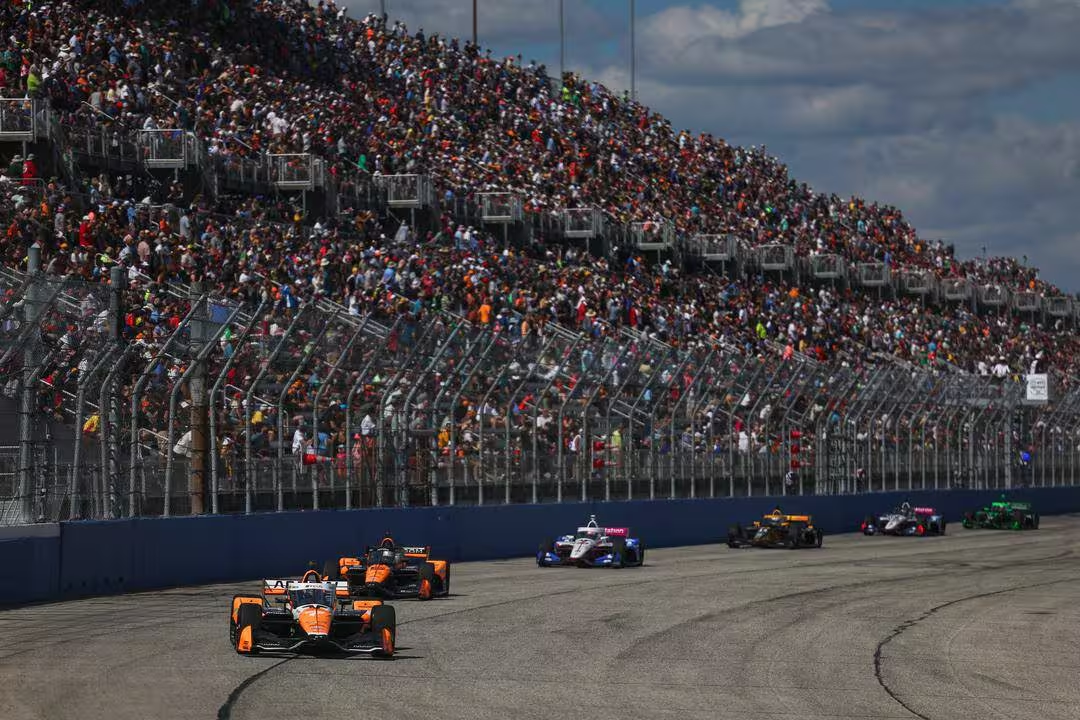Heading into the doubleheader weekend at the Milwaukee Mile, the focus should have been on NTT IndyCar Series first visit in nine years to the oldest motorsports track in the world, hosting its first auto race back in September of 1903.
IndyCar’s storied history at Milwaukee goes back to 1937 when the track was still covered in dirt. With the exception of 1940, 1942-1945 and 2010, open-wheel racing had a home at Milwaukee every single year from Rex Mays’ victory in 1937 through Sebastien Bourdais‘ win in 2015.
Through open-wheel racing’s heyday, the grandstands at the venerable old mile were packed as Miller and Marlboro spent heaps of cash promoting their brands to race fans with money to burn on tickets, souvenirs and more cool stuff that would get put away in a box in the attic only to be discovered years later.
But while heading from Indianapolis to Milwaukee on Thursday (Aug. 29), worries about weekend attendance started to surface after comments from Mark Miles to the Milwaukee Journal Sentinel indicated that IndyCar “would not be satisfied with 15,000 people for a race, but we could be satisfied with that as a starting point.”
The attendance starting point can’t be beneath the seating capacity of a Milwaukee Bucks game at Fiserv Forum or barely a third of the seating capacity of American Family Field for a Milwaukee Brewers game.
But why is the expectation that low in the first place? Well, let’s look first of all at the Wisconsin racing scene. On Labor Day weekend, Crandon International Raceway has their annual season-ending race for the AMSOIL Championship Off-Road Series. In 2023, the World Championships weekend brought over 68,000 fans to the twisty dirt road course 200 miles north of Milwaukee.
For 2024, the events were also the same weekend as the NHRA’s U.S. Nationals just outside of Indianapolis. While many traveled from Indianapolis up to Milwaukee, several more either stayed home or went further north of Milwaukee to get their racing fix.
In 2025, the Milwaukee IndyCar weekend will be one weekend earlier, with one race on Aug. 24. Thankfully, that conflict will be avoided next year (and apparently for 2026 as well), but that now brings up a new set of issues: marketing.
IndyCar’s marketing has long been a target for ridicule on social media. The series does a fantastic job of marketing its drivers and on track action during the month of May and for the Indianapolis 500….
Click Here to Read the Full Original Article at …

